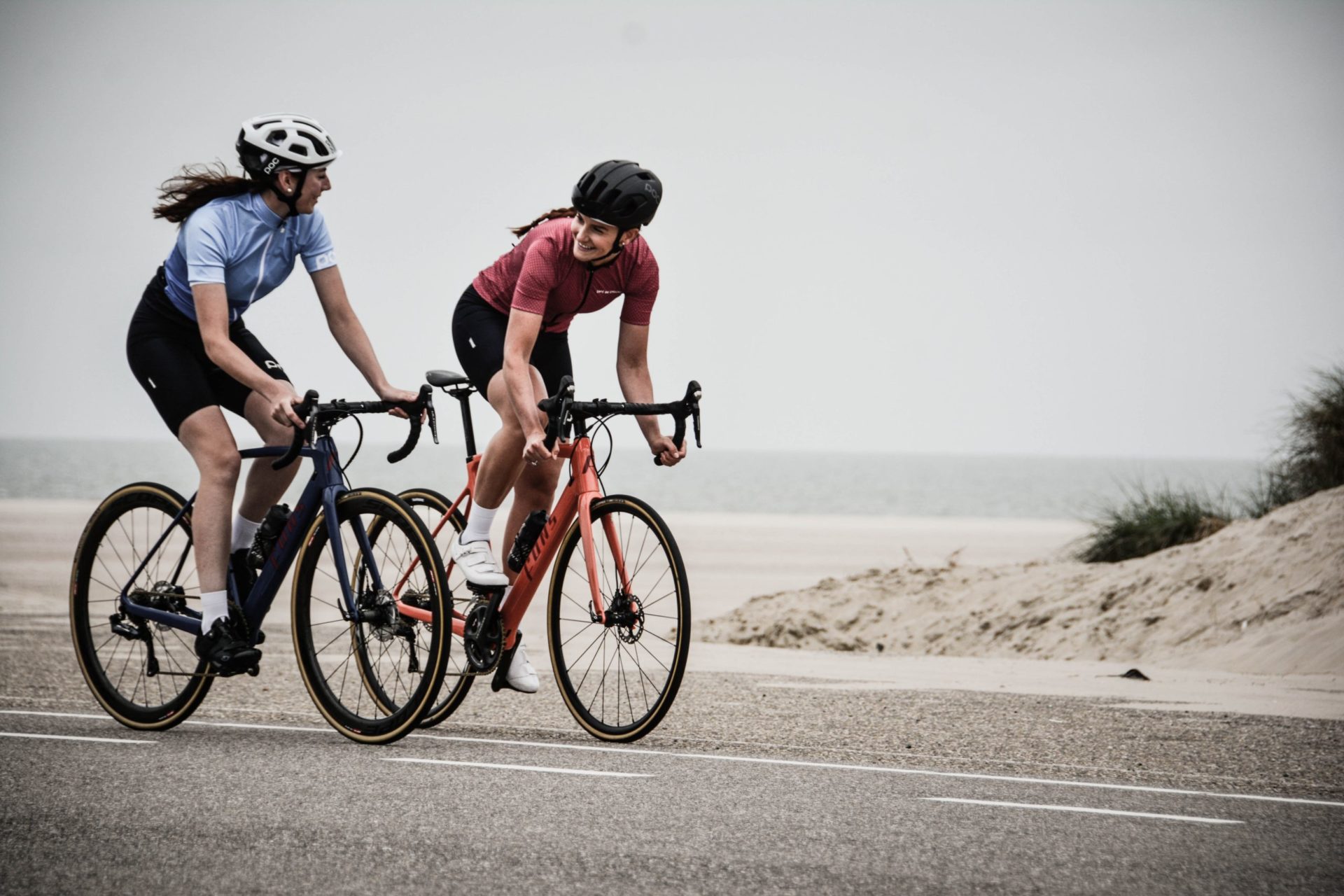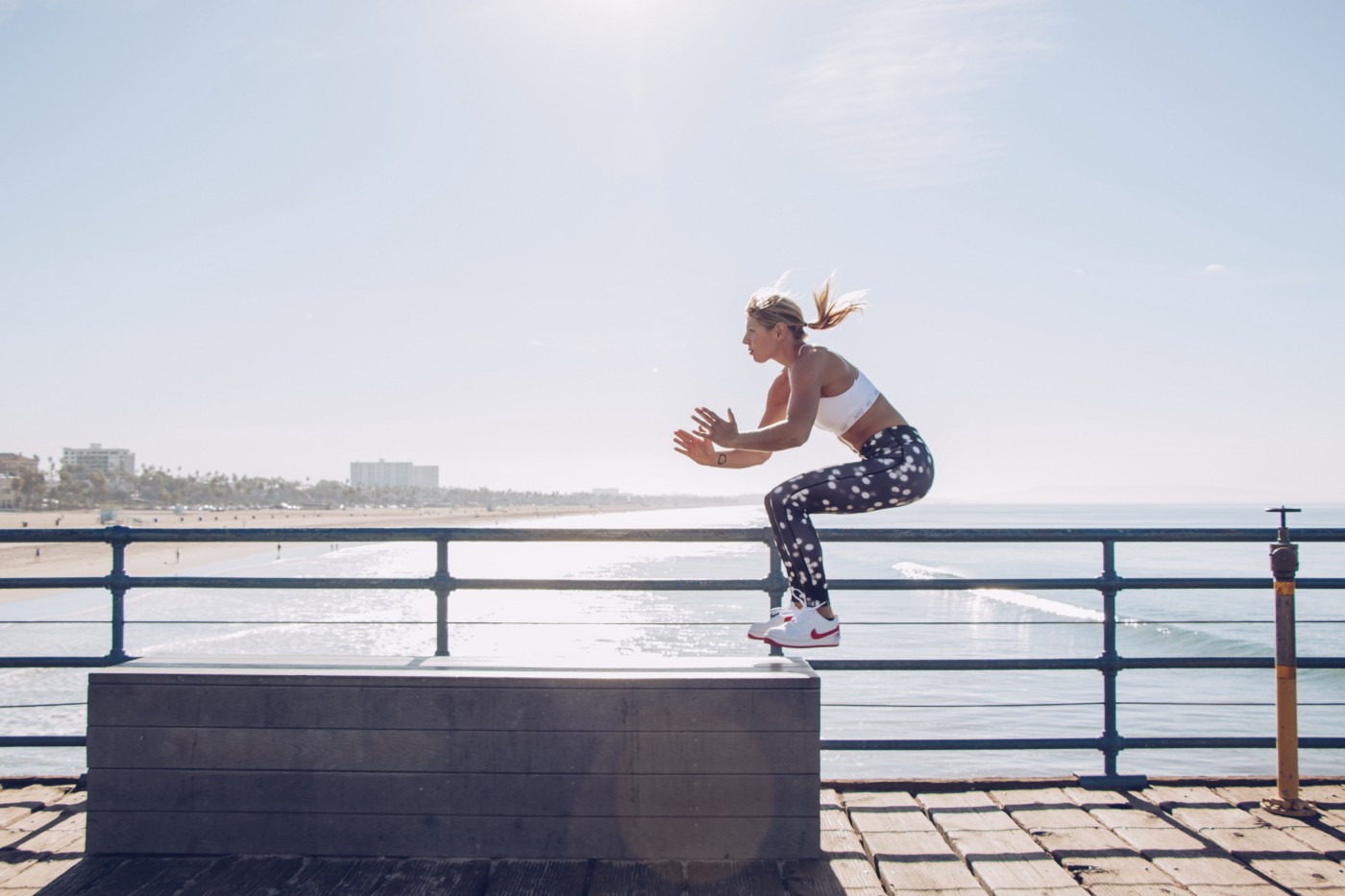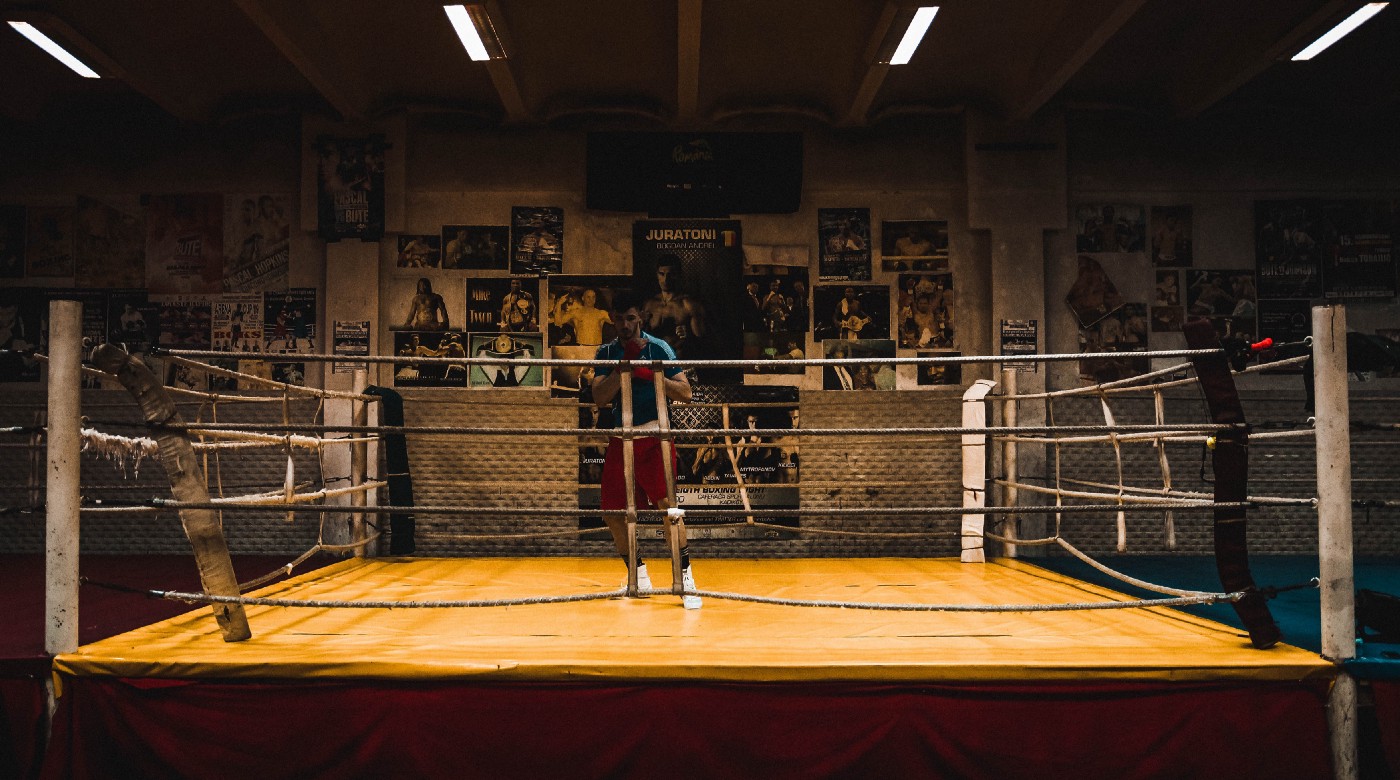Hey there,
How much do you prioritize rest and recovery?
If you’re like me, not enough. As a driven, goal-oriented person, I like to work. I feel most alive when I’m working, training, and striving toward my goals.
But too little rest can wreak havoc on our bodies and our brains.
When it comes to our bodies, too little rest can result in overtraining syndrome, the side effects of which are not pretty. Fatigue, sickness, injury, lack of motivation, and loss of performance are all almost guaranteed from too many workouts.
Our brains work the same way. There’s a reason we have aha moments — those flashes of creative genius where everything suddenly makes so much sense — in the shower or on a run. We need time to let new connections simmer. Just like our muscles make the real gains after we’re done with our workout, our brains work the same way.
So how do you incorporate more rest into your life? Check out my recent article for Medium on why rest is so important — and how to rest better.


